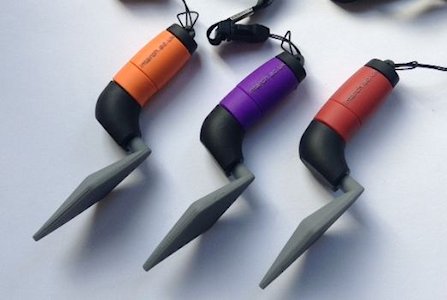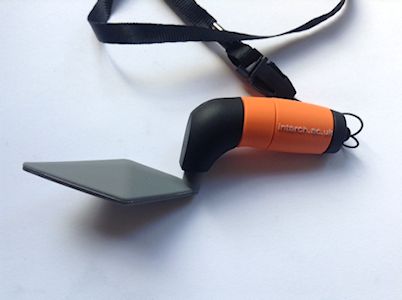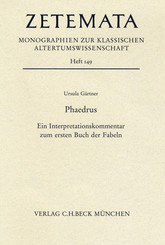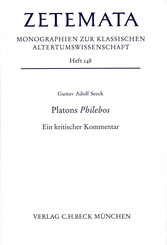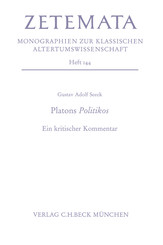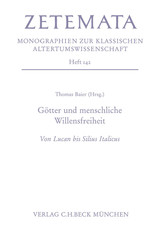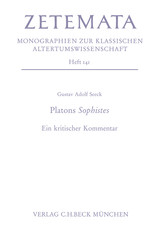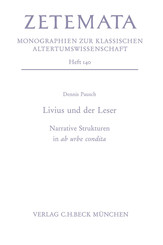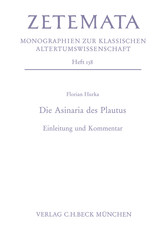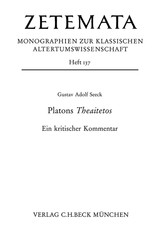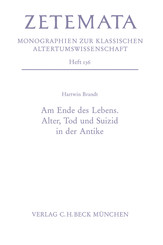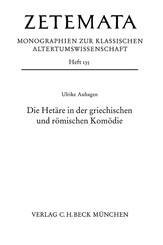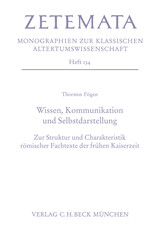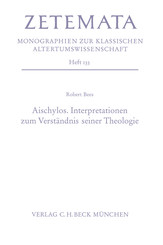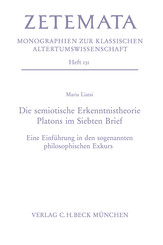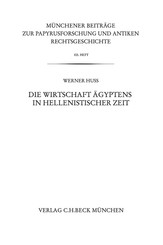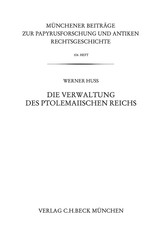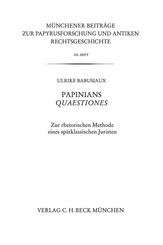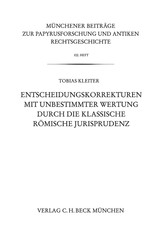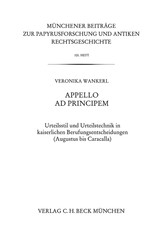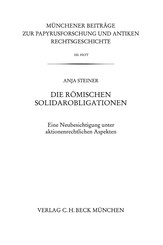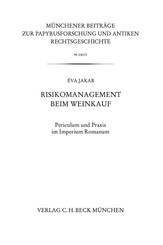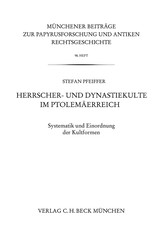Bulletin de l'Association pour la Promotion des Recherches sur l'Age du Bronze
Le bulletin de l'APRAB est imprimé depuis 2003, et se compose de deux principales parties :- La première est consacrée aux résumés des communications tenues lors de la journée d'information annuelle (début mars).
Les résumés des communications devront être rendus sur CD ou clé USB, le jour même de la présentation orale, à Théophane Nicolas. Il est également possible de les envoyer par internet, en fichier attaché, à aprab@free.fr, et ce jusqu'à deux semaines après la journée d'informations.
- La seconde partie du bulletin est consacrée à l'actualité de la recherche en âge du Bronze : publications, colloques, découvertes récentes, annonces de fouilles à venir, travaux universitaires (en cours ou achevés), expositions, conférences, séminaires thématiques, etc… Tout ce qui a trait à l'âge du Bronze. Merci de nous faire part rapidement (dernier délai : janvier - février, en fonction de la date de la Journée d'information) de toutes les informations utiles, cette partie du bulletin ne pouvant exister que grâce à la participation de chacun.• annonce de colloques en relation avec l'âge du Bronze
Toutes les informations utiles pour cette partie doivent être envoyées par mail (aprab@free.fr) :
• découvertes récentes
• annonces de fouilles à venir
• travaux universitaires en cours ou achevés
• publications récentes (monographies, colloques, …)
• annonces d'expositions
• annonces de conférences ou de séminaires thématiques
• etc
See AWOL's full List of Open Access Journals in Ancient Studies





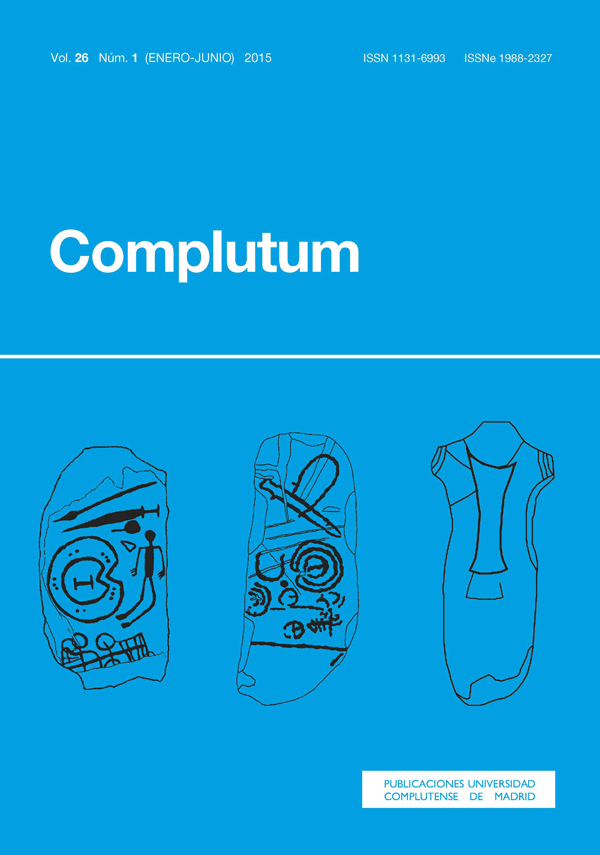


















































 CALÍOPE: Presença Clássica
CALÍOPE: Presença Clássica













